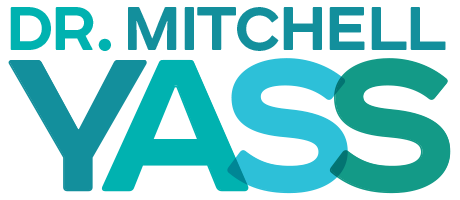I am always amazed at the number of people who have hip or shoulder region pain, see a physician and are then diagnosed with bursitis without any physical indication that bursitis exists. Some people are given the diagnosis without any testing and others get an x-ray and then are told they have bursitis.
In almost every case, following the diagnosis a cortisone shot is administered with the understanding that the pain is caused by inflammation of the bursa and therefore an anti-inflammatory will resolve the cause.
Let’s start from the beginning to clarify things for you so you don’t fall into this trap and get an injection that is not necessary nor will resolve the cause of the symptoms. And you can use some understanding to get the right diagnosis so the right treatment can be performed.
Let’s start with what is a bursa. A bursa is a pouch of fluid that is placed between two tissue that approximate one another. It’s purpose is to provide lubrication so that when the tissues move no friction develops to create irritation and pain. Bursas can be found throughout the body. There are two large bursas found at the shoulder and hip joints.
Now if bursitis were to develop then the bursa would fill with more fluid creating a large pouch of fluid. The most obvious indicator of bursitis is a visually presented large pouch of fluid in the area where pain is being experienced. If a large pouch of fluid is not seen then I don’t know how the diagnosis of bursitis can be given. In my experience in just about every case where the diagnosis of bursitis was given, I found that a muscle was strained and emitting pain as the cause. In the case of the shoulder, it was either the biceps tendon or the brachialis as the cause of the pain which was falsely associated with bursitis. In the case of the hip, it was either the gluteus medius, ITB band or the piriformis that was emitting the pain; not an inflamed bursa.
Now let’s look at the treatment; the cortisone shot. I am always confused why this is described as a cortisone shot and not a lidocane shot. The cortisone is mixed with lidocane, an anesthetic, just like novacaine. The same type of drug used to deaden the area in the mouth when getting dental work done. Is there any wonder that pain is diminished after getting the shot. It is not because the cause of the pain is an inflammatory response and an anti-inflammatory is being given. It is simply because you are deadening the area.
Let’s all agree that the key to resolving pain is finding the right tissue responsible for creating the pain and resolving the distress of that tissue. This can only be done by looking at the symptoms that the body is providing. If there is no swelling noted at a location where pain is being experienced then bursitis cannot be determined to be the cause. It is that simple. Just as one further point, since the bursa is located in the joint, if bursitis did exist then there should be a major loss of range of motion which is experienced whether the person in pain tries to move the joint or whether somebody else tries to move the joint for them. Again, in almost every case I have treated with the diagnosis of bursitis given, range of motion of the joint was full.
Understanding what can be the cause of your pain can be the difference between getting unnecessary treatments and prolonged pain versus the right treatment and quick, effective pain resolution.
